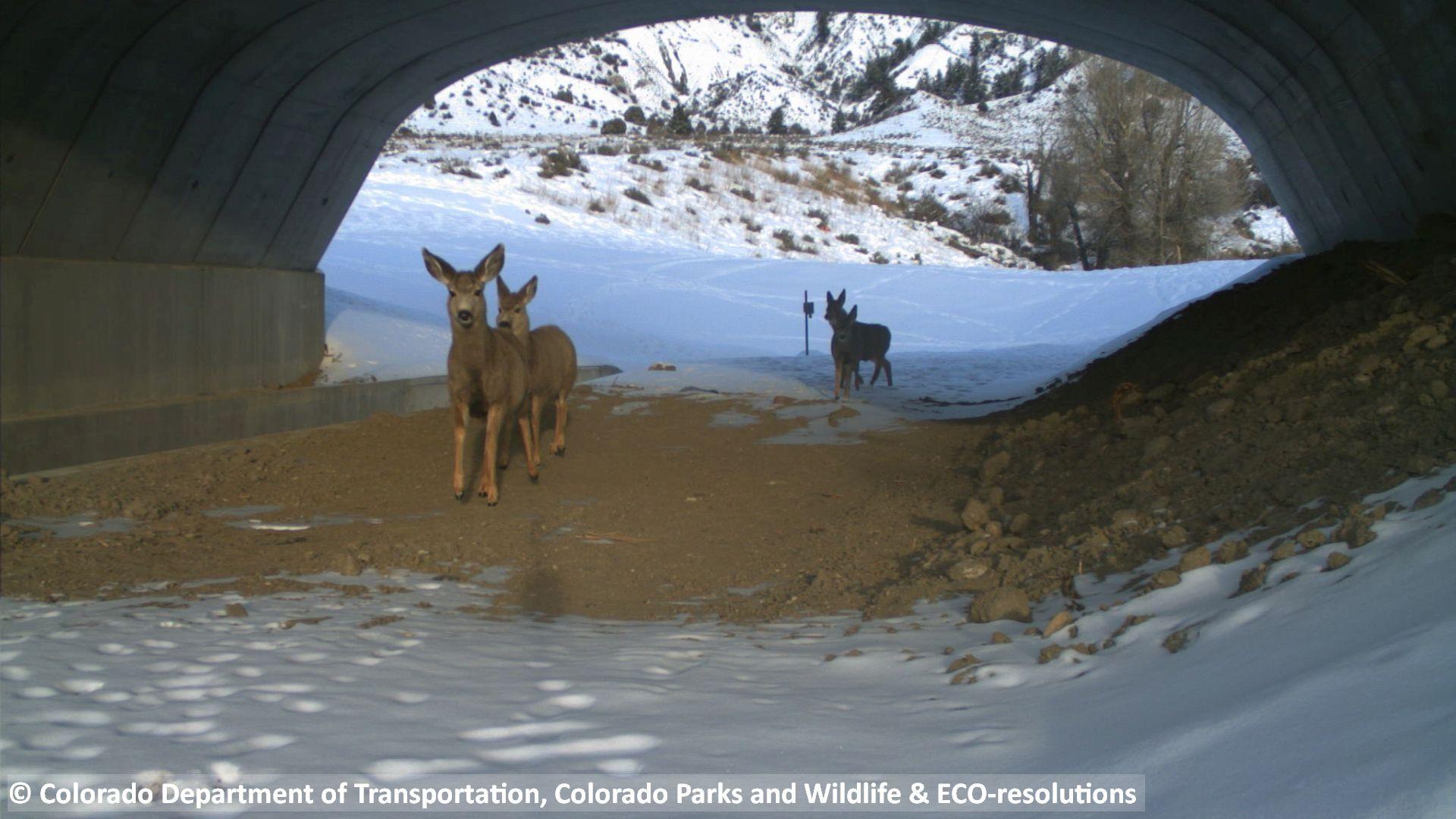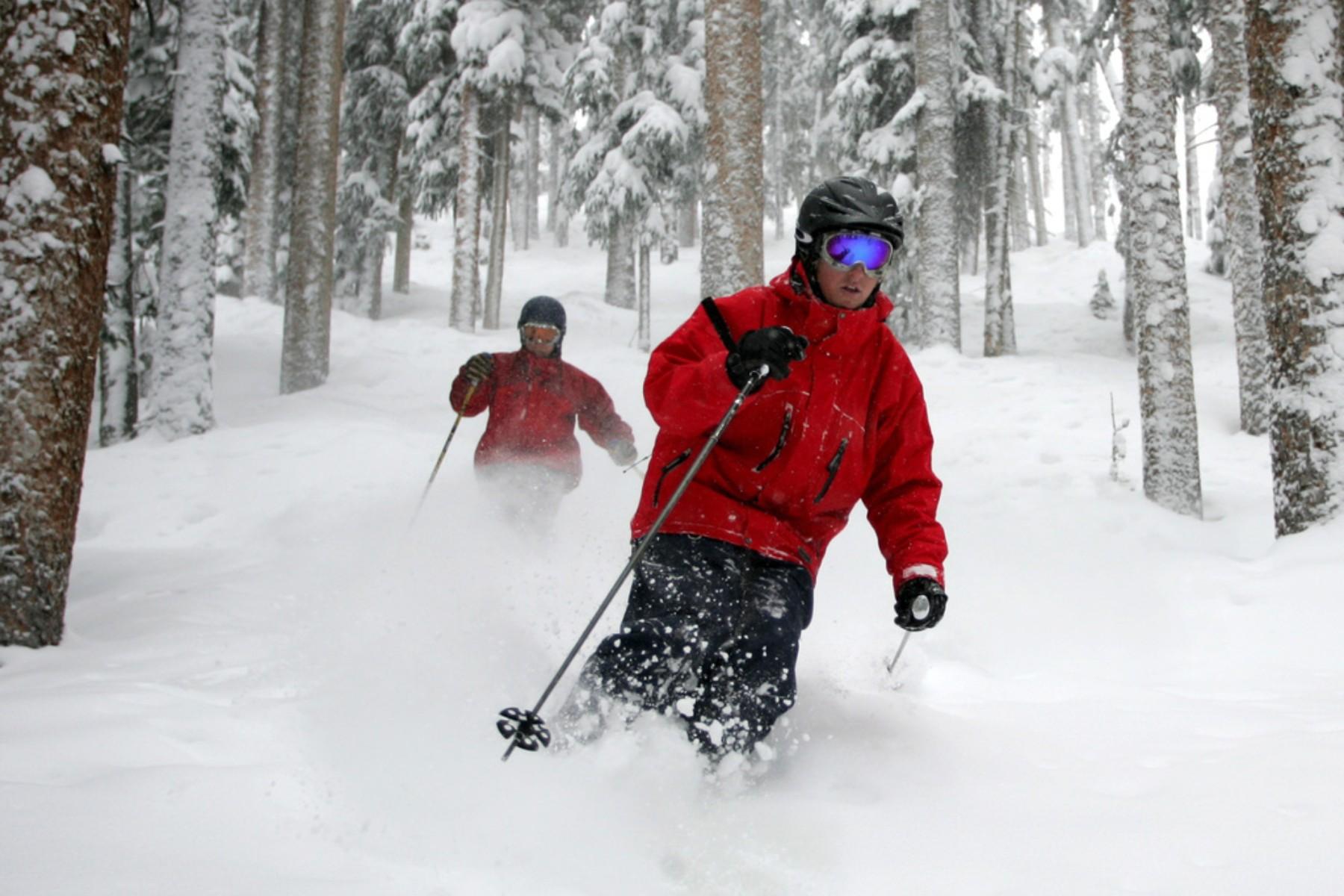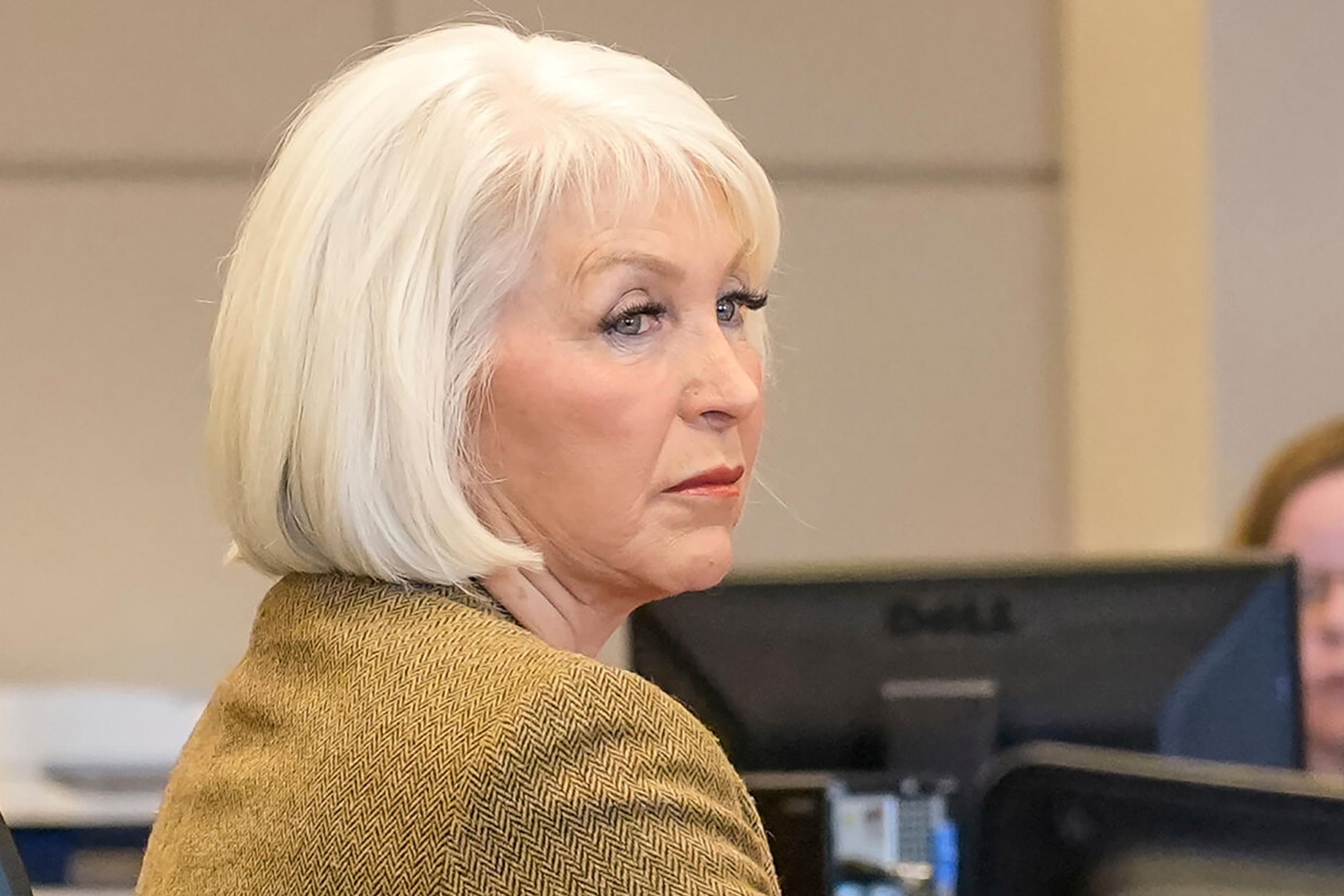
As Colorado’s population booms, Gov. Jared Polis announced an executive order directing wildlife and transportation agencies to work together to protect critical big game migration corridors.
"A key component of Colorado's recreation economy and our enjoyment in the outdoors as Coloradans is our relationship with wildlife,” said Polis. "As we welcome more and more people to our state, there is more pressure being placed on natural habitats and the wildlife that depend on them for survival.”
The state’s population is poised to increase 50 percent by 2050. Colorado Wildlife Federation executive director Suzanne O'Neill said now is the time to act.
“Everyone in Colorado cares about wildlife,” O’Neill said. “If we don’t all take advantage of the opportunity to protect these corridors before different kinds of development and uses begin to constrain or block some of them, then we will have an opportunity that’s permanently lost.”

The executive order directs state departments to explore historic information, scientific mapping and partnerships that will streamline corridor protections. It also requires the state transportation agency to include big game migration patterns in its planning and to minimize collisions.
Big game like elk, deer and bighorn sheep don’t spent summers and winters in the same place. Instead they move between habitats, crossing private, state and federal lands in the process.
When animals cross roads, they can cause crashes that are harmful to both humans and animals. State wildlife officials have studied migration patterns and have data on where the animals are going in northwestern and southwestern Colorado. But more research is needed.
State and federal wildlife managers are trying to find ways for animals to safely cross between habitats. That can mean building over and underpasses on highways — but those can come with a steep price tag. Highway crossing structures for wildlife can cost as much as $1 million.
The executive order announced Wednesday does not include funding.
But when animals cross private lands, planning and building corridors can be more challenging. Big game are drawn to private ranches with rivers and streams, making them attractive winter destinations.
But Lesli Allison, executive director of the Sante Fe-based Western Landowners Alliance, said private landowners have historically been left out of wildlife corridor discussions.
[Landowners] are almost always last to be invited to the table, and often don’t have a seat at the table at all,” Allison said. Land managers need to be more flexible in their planning, she said, and incorporate private landowners’ concerns.
“There isn’t one big solution out there.”









